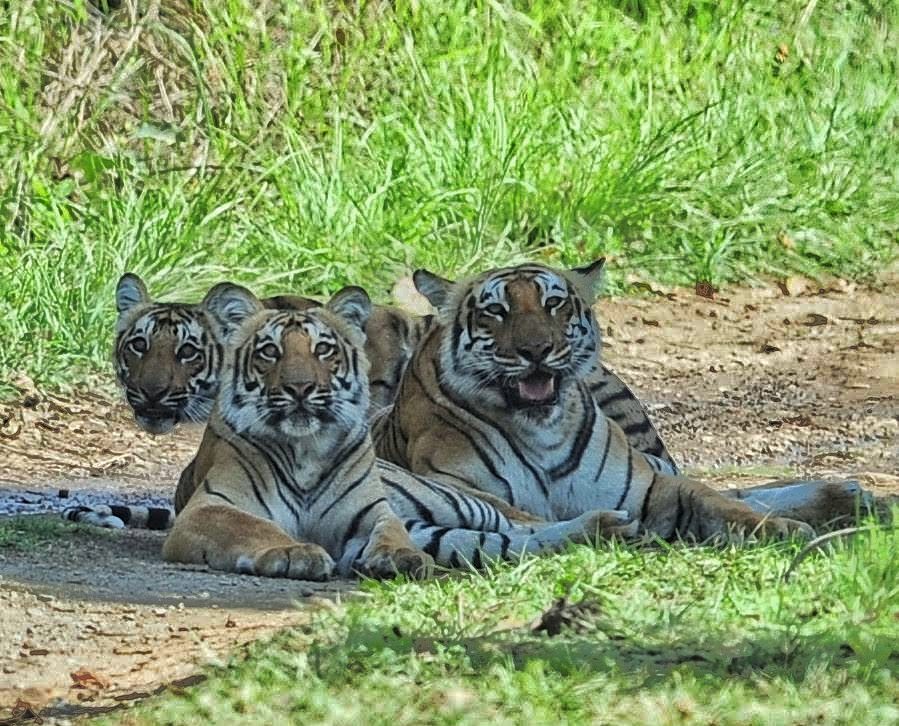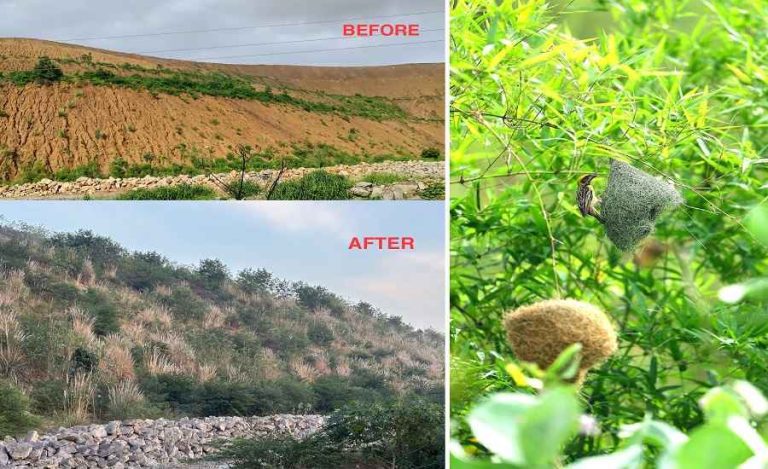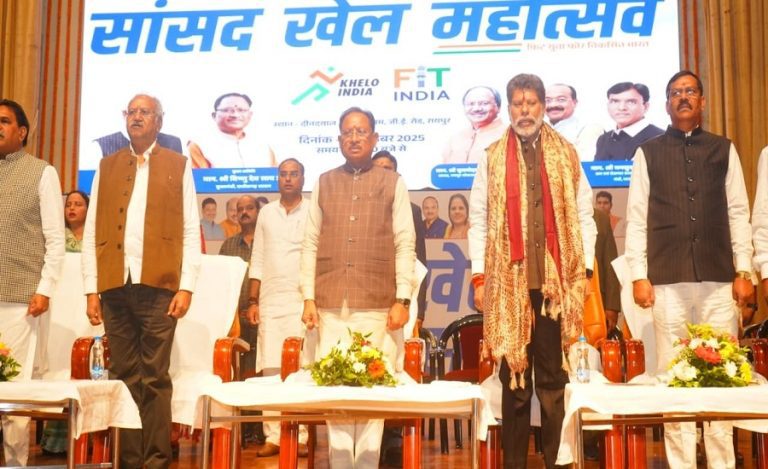The world is celebrating International Tiger Day today with the theme, ‘India launches Project Tiger to revive the tiger population’. Once home to 40,000 tigers, the country saw an alarming decline in numbers of this magnificent animal that became a huge concern and to mitigate it, ‘Project Tiger’ was launched in 1973 and it took a more legalized and a powerful form with the establishment of the National Tiger Conservation Authority (NTCA) in 2006. With right measures and steps towards conserving the striped cats, we outdid ourselves by achieving the target of doubling the tigers in 2018, four years ahead of the schedule of St. Petersburg Declaration on Tiger Conservation.
Today India is home to 70% of global tiger population and we can pat our backs for achieving all the remarkable milestones when it comes to conserving the tiger. But, is that it? Or, there is still much left to be done?
To find the answers, Indian Masterminds reached out to a few Forest Officers and got their opinion on the relevancy of Project Tiger today, and the effects of increased human-tiger conflicts.
PROTECT AND PRESERVE
In 1973, after Project Tiger was launched, nine forest areas were declared as Tiger Reserves. Today, we have 52 tiger reserves and the 2018 tiger census placed their count at 2,967. While the tiger population is increasing, 329 tigers also died in the last three years because of both natural and unnatural causes. Tiger deaths notwithstanding, conservation efforts have been going on at full steam. Deputy Conservator of Forests in Tamil Nadu, Ms. Sudha Ramen says, “Tiger is on the top of the food chain and its conservation means conservation of other wild animals which comes under that umbrella. Besides this, each of the tiger reserves has a very good forest cover inside which is important to maintain healthy eco-system. We should now focus on maintaining the natural habitation to protect and preserve the tiger population.”

She also said that the urban people are already aware of the need for tiger conservation, the focus should be on creating awareness among the rural population in living in the fringe forest areas because they are the ones affected by it both positively and negatively.
Director of Rajaji National Park Saket Badola pointed out that protecting the tigers is an everyday fight. “Now, the numbers are increasing so we must use our resources to monitor them and make sure their habitats are secured. The poaching and illegal trade of tigers have decreased but lots of efforts are still needed on that front,” he said.
Highlighting another major reason for protecting the tigers, D.Venkatesh, IFS Conservator of Forests & Field Director,
Mudumalai Tiger Reserve said, “About 625 major and minor rivers originate from these 52 tiger reserves. So, let’s save the tiger, save the water resources, and let’s save the earth!”
REGULATORY TOURISM NEEDED
Animals has always been a major attraction of tourism. Hence, the popularity of the zoos and jungle safaris. However, getting in close proximity to wild animals like tigers could be dangerous at times. Even a wildlife lover wouldn’t want to come in conflict with these animals.
Every now and then we hear stories about tigers attacking humans. Recently, an incident where a tiger attacked two bike-riders was reported near Jim Corbett Park, which is one of the most popular wildlife tourist circuits. When we asked IFS officer Surendra Mehra if such incidents affected tourism, he said, “It was a localized accident. We can’t say what was the reason that led to it. The bike suddenly bumped into the tiger or vice-versa. To make it simple, animals are not always the villain in these incidents. Having said that, we need to take measures to mitigate these incidents because the idea is to bring the balance. Does it impact tourism, I think no. But, tourism is not good for the animals and can be a major reason behind the increase of human-animal conflict.”
Mr. Mehra advocates regulatory tourism in the forest areas. He explains why. “People wish to see the tiger if they are on a safari. This leads to prolonged visit, too much of these effect the animal. Even if you don’t spot the tiger, they see you. This leads to change in animal behaviour. So, tigers which are otherwise very shy and avoid going into human habitats get habituated to human presence. This can be a major reason why tigers can be spotted near human population often.”
Vinod Kumar Singhal, IFS, currently PCCF (HoFF), Uttarakhand, also agrees with Mr. Mehra and says that the incident near Jim Corbett Park is a localized incident and won’t be a threat to tourism. He also mentioned, “Tigers have become a marketable product. Lots of economic opportunities are increasing because of them. So, we should focus on their protection as many family lives depend on them.”

































